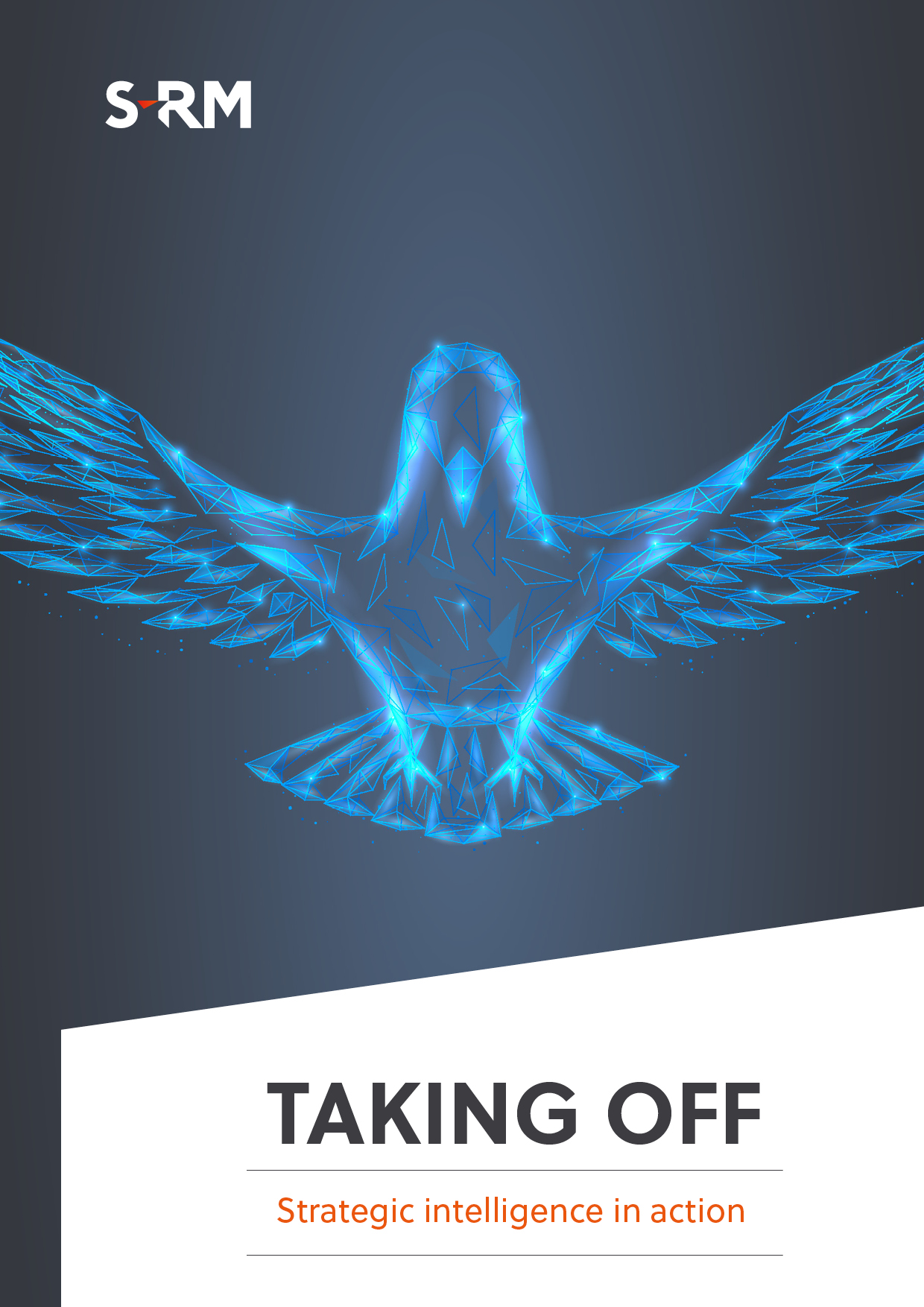In the first of our series of four articles looking at techniques used in strategic intelligence engagements, Gabrielle Reid and Markus Korhonen examine scenario mapping. They provide an example of how this versatile technique can be applied in manufacturing and the steps taken to ensure it is used effectively.
Effective scenario mapping supports greater business resilience. Although not new to the world of risk management, the employment of scenarios as an intelligence-led strategic and resilience solution is underutilised. When it comes to navigating changing operating environments, businesses have a tendency to be events-driven, which can leave them vulnerable at a time when rapid, but well informed, decision-making matters. Moreso, the urgency of a situation may not allow the time to accurately get to grips with the context and where it may be tracking. Scenario mapping, instead, equips organisations with the means to define critical uncertainties, develop plausible descriptions of relevant futures, and be better prepared to respond to them.
Scenario mapping is versatile. Whether your organisation is concerned with the possible fallout of an upcoming election in your primary source country, the regional ramifications of a protracted Ukraine conflict, or labour pressures that could emerge from a global recession, outlook-based analysis offers an approach to cut through the noise and to start understanding the specific impacts your business could face. This is not an exercise in prediction. Rather, this technique helps an organisation identify a limited set of possible futures that provide a valuable point of reference to evaluate their current strategies, their risk or security postures, or to formulate new ones that are unique to their business. It is about asking the right questions; ‘what if?’, ‘so what?’ and ‘now what?’ before the crisis hits.
What does this look like? Scenario mapping for a major manufacturer
Take for example a manufacturing company wholly exposed in a market experiencing poor electricity provision, mounting anti-government grievances and a pending election – a reality many South Africa-based firms are currently facing. The country’s power generation capacity is under serious strain, riddled with mismanagement, corrupt practices, and old infrastructure. Since 2018, the number of days the country has experienced rolling power cuts (or load shedding) has increased from 14 to 207 last year. Unemployment is hovering above 30 percent, inflation was 6.74 percent in 2022, and the International Monetary Fund’s 2023 growth forecast is 1.2 percent – in large part driven by state (over)spending. The ruling African National Congress (ANC) has been steadily losing ground against opposition parties, and the 2024 general election may see them lose their 50 percent majority in parliament for the first time. The fractious experiences of coalition government at the municipal level suggests a national coalition government would face an uphill battle to remain stable. All the while, high crime rates and mounting civil unrest present real and consistent threats to commercial operating sites.
Against this backdrop, the uncertainties in South Africa’s future(s) are complex. Preparing for best case / worst case / status quo scenarios offers little in the way of highlighting specific risks faced by a manufacturing firm, for example. Instead, it is necessary to think through your organisation’s unique exposure; consider your critical vulnerabilities and how an evolving political, commercial and security context may impact them (see Figure 1).
Figure 1: Taking the first steps towards scenario mapping

Implementation for success
An effective risk management toolbox should be diverse and complementary. In isolation, scenario mapping will not fundamentally address the range of geopolitical, security or operational challenges a manufacturer, say, is likely to face. Instead, its utility is best employed when coupled with additional measures that serve to mitigate or narrow risk exposure. Thinking through how pending sustainability regulation might impact on-site operations, or how socioeconomic challenges may impact factory workers’ expectations and drive subsequent union action, for example, gives insight into the direction of travel but will do little to mitigate against associated risks unless implemented into strategic and operational planning. But in contrast to reactive solutions or approaches that consider operational dynamics as they are, the versatility of scenario mapping allows organisations to effectively manage their risk exposures through an evolving environment. The future need not take you by surprise.
Having the requisite expertise and a tried and tested methodology that brings credence to the conclusions made will prove vital in anticipating the likely risks that lie ahead. Be it rising union action in the sector to meet inflation-driven wage demands, shifting crime trends targeting industrial sites or transport routes amid growing unemployment challenges, politically-motivated red tape, or countrywide anti-government unrest bringing businesses to a standstill, operators will need to be informed of how their potential weaknesses will play out in these contexts and how to remedy them.
Next week Gabrielle and Markus look at horizon scanning. Can't wait? Use the link on the left to download the full series.



 Email Gabrielle
Email Gabrielle





 @SRMInform
@SRMInform
 S-RM
S-RM
 hello@s-rminform.com
hello@s-rminform.com

